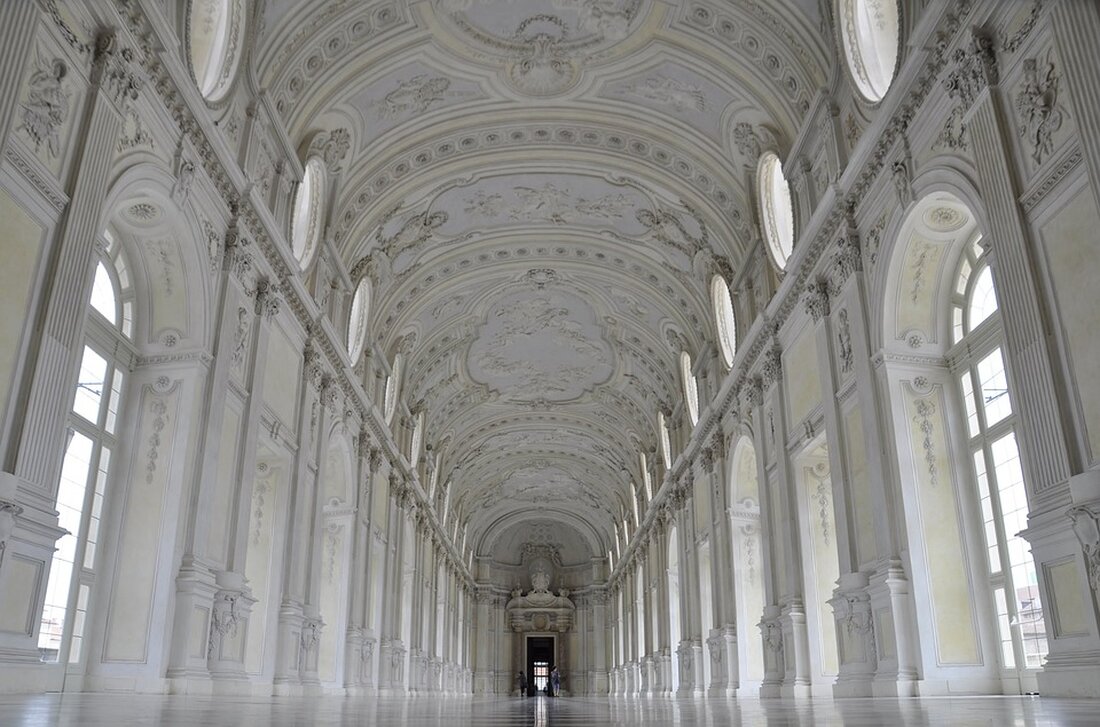The Great Wall: A year between tradition and modernity in China
Experience the impressive journey along the Great Wall of China, from North Korea to Xinjiang, documented by Sascha Storfner.

The Great Wall: A year between tradition and modernity in China
The Great Wall is not only a monumental structure, but also an important cultural symbol for China. It stretches over 22,000 kilometers, making it the longest man-made structure in the world. Considered the heart of Chinese civilization, this impressive wall connects millennia-old dynasties with modern China. During a year-long project, Sascha Storfner and a team from the ARD Studio Beijing documented the course of the wall that runs across the country.
The journey began on the border with North Korea in eastern China and ended in Xinjiang in the northwest of the People's Republic. It covered diverse landscapes, from sea to desert, and offered numerous encounters with the people who live along the Wall. In the border town of Dandong, a section of the wall has been restored, from which you can see a view of isolated North Korea. This region is also characterized by a significant Korean minority; many residents have relatives in North Korea.
The wall and its cultural significance
The Great Wall of China is viewed by many Chinese as a symbol of strength and unity. The intercultural elements that are visible along the wall are particularly fascinating. In Inner Mongolia, descendants of the “northern nomads” guard the remains of the wall, while in Ningxia province, remnants of the wall are carved out of rock. This region is home to the Hui, the largest Muslim minority in China. The goji berry, a superfood that is highly valued in traditional Chinese medicine, also grows here.
The wall also has a sporting component. One of the toughest marathons in the world takes place near Beijing, in which around 5,000 runners from all over the world take part every year. The local villagers support the marathon runners, helping to connect the wall with modern activities.
Diversity of structures and history
The route of the wall varies depending on the dynasty and features a variety of structures, including fortresses and signal towers. In Xinjiang, some of the signal towers remain on the northern route of the Silk Road, where the Kazakhs maintain their traditional way of life. This multitude of historical elements not only shows the architecture of bygone times, but also the diversity of the cultures that were shaped by the Wall.
Overall, the Great Wall is impressive not only for its sheer size and historical significance, but also for the stories and traditions of the people who live along its path. The documentation by Sascha Storfner and her team takes a fascinating look at one of humanity's most important construction achievements and the people who live on its edge. Further details can be found in the reports from ARD media library and TVseries.de.

 Suche
Suche
 Mein Konto
Mein Konto